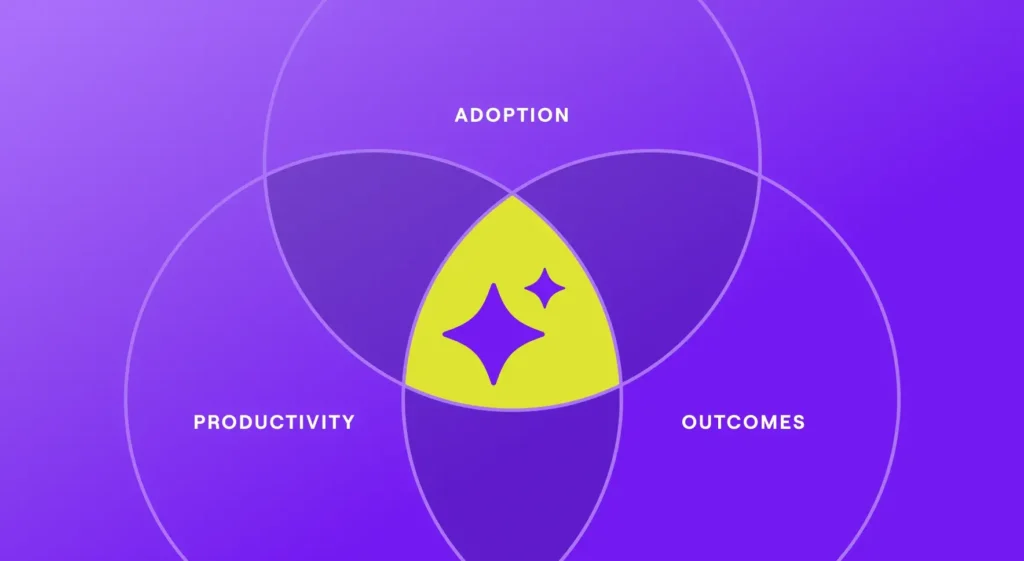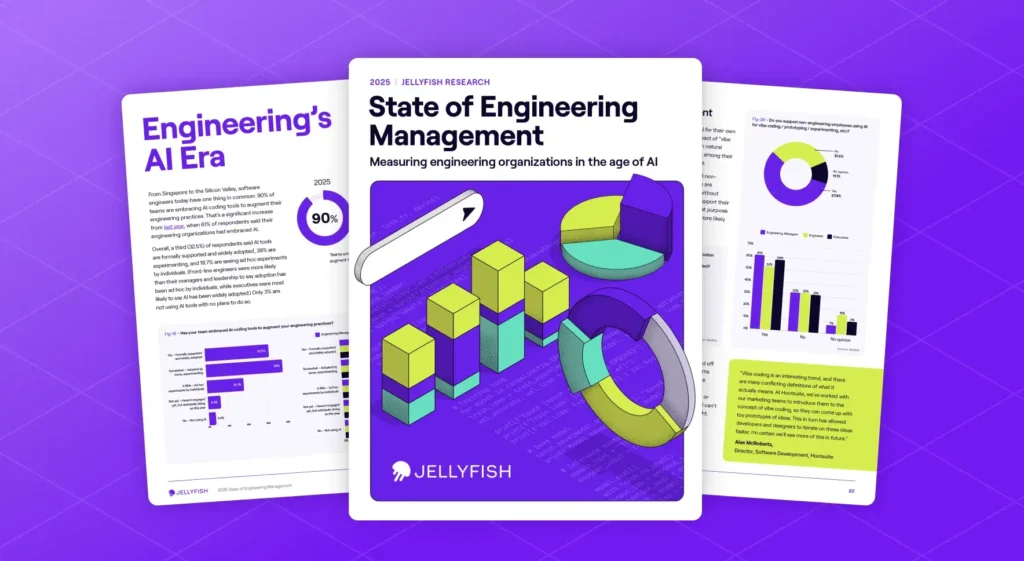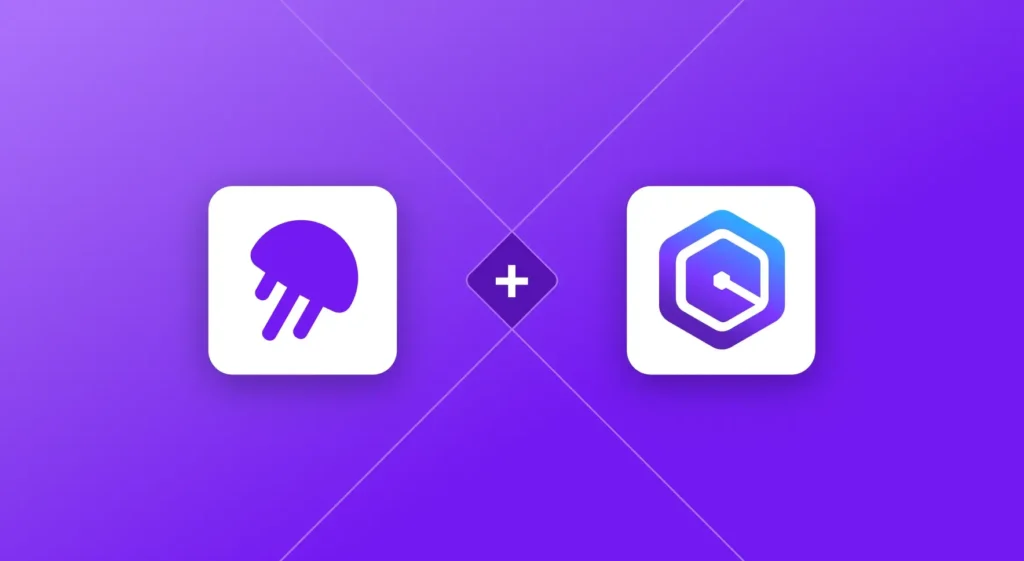Buildium set out to accelerate growth driven by technology innovation. To do this, Patrick Rubeski, VP of Engineering at Buildium, needed to get the most out of his growing engineering organization without adding overhead and while aligning to the company’s strategic objectives.
“Our senior leadership had experienced the pains associated with scaling other companies. We knew how hard it is and wanted a platform to minimize the distractions that prevent us from delivering new product features and technology innovations to our customers,” Rubeski said.
There were several distractions that came from the cumbersome process of manually measuring engineering performance and aligning their teams’ work to company strategy. In order to measure engineering performance, Rubeski’s team had to manually collect information from various locations. This consumed valuable time that could otherwise be used to focus on their product. And once they had the data, they suspected that some of the work categorization was incorrect, leading to inaccurate metrics. This was happening, in part, because their engineering teams didn’t fully understand what work mattered most to the business. And in many cases, this also led to the wrong work being done. The cumulative result was a significant under-utilization of engineering resources on strategic product innovation.
Rubeski and his team began their search for an accurate way to not only measure the work being done by each team, but also that was aligned to the business and ready for larger strategic discussions. “Day-to-day operational metrics are great at the team and individual level, but they only tell half the story. I needed to drive meaningful conversations up and down the organization on the priorities of work being done, not just a leaderboard competition of who could do it fastest.”
Patrick Rubeski VP of Engineering, BuildiumWe found that only Jellyfish provided the right balance of capabilities, connecting our day-to-day operations up to strategic level metrics with their allocation framework.
Rubeski concluded they needed a platform that provided the quantitative KPIs that senior leaders have come to expect, “Sales and Marketing have data-driven tools like Salesforce and Marketo. I needed something similar to run the operations of my engineering organization. We found that only Jellyfish provided the right balance of capabilities, connecting our day-to-day operations up to strategic level metrics with their Allocation Framework.”
Buildium immediately uncovered two insights when they plugged in Jellyfish. One they suspected, and one that was brand new insight:
- Confirmed they were poorly categorizing engineering work being done.
- Revealed too much low priority work happening that they were not aware of. Armed with these and other insights from Jellyfish, Buildium’s R&D team delivered several strategic wins at the executive level:
- Within 3 months, engineering increased resources allocated to the roadmap by 24% without hiring any new engineers, resulting in more high value projects released to their customers.
- Buildium realized how their existing ‘Product Pillars’ were not working, and created new pillars that improved engineering alignment with strategic company initiatives.
Executive meetings and strategic discussions improved dramatically because Jellyfish presents information in terms of dollars and strategy, answering questions like:
- How much Technical debt do we have, and how much is it costing us?
- How are resources allocated, how much is it costing us?
- What are the costs of various (global) teams vs their performance?
- How much does a standard project cost?
- How are we aligned to strategic business objectives?
Engineering leadership and their teams also saw significant benefits with Jellyfish. They saw improvements in several areas, resulting in an overall improvement in engineering productivity and performance:
- Improved release management: increase in the number of high value projects being put out on the release train
- Manager ability to have meaningful conversations with teams and individuals because it is now clear how they’re work is connected to strategic objectives.
- Increased overall velocity by 100 points
- Quickly addressing incremental performance improvements within the teams that are not spending enough time on technical debt, spending too much time writing bugs, etc.
- Grow the team and allow new managers to stay technical longer while managing quantitatively.
Patrick Rubeski VP of Engineering, BuildiumThe perception used to be that ‘R&D is just playing foosball while we stay late to close business, and get new customers’. Now other departments clearly understand that R&D is working on specific features focused on up market customers.
Rubeski has seen a positive transformation in engineering performance, as well as an improvement in the perceived value of R&D. Combining good processes with a great tool like Jellyfish has made the value of R&D very tangible for the executive team, “The perception used to be that ‘R&D is just playing foosball while we stay late to close business, and get new customers’. Now other departments clearly understand that R&D is working on specific features focused on up market customers. Bottom line, Jellyfish is just a clean way to improve executive alignment, and get the most out of your engineering team,” Rubeski concluded.





